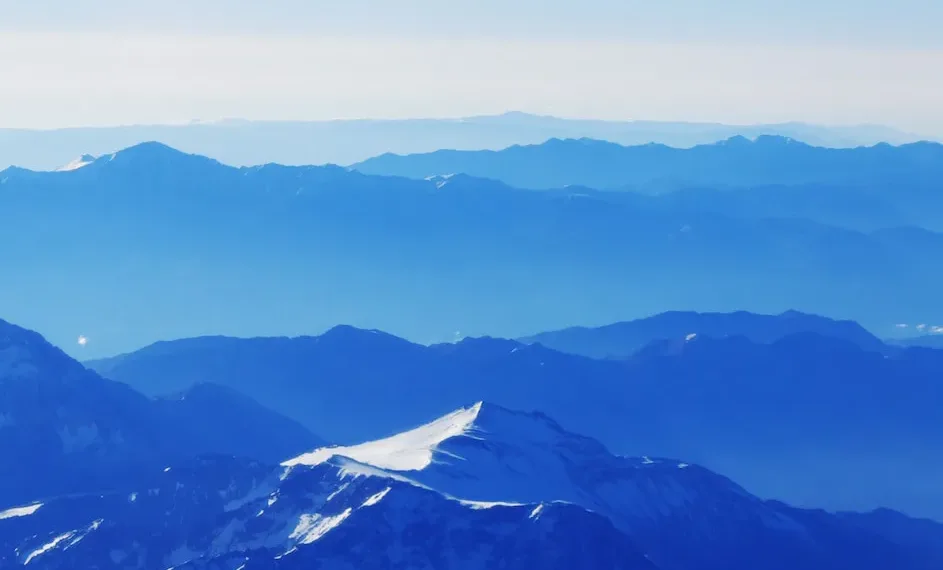Spain’s diverse landscape offers endless opportunities for outdoor adventures, from hiking in the mountains to lounging on the beaches.
ROAMOPEDIA
Spain's Geography
Exploring Spain’s Diverse Landscape: Mountains, Beaches, Forests, and Deserts for Hiking, Swimming, and Wildlife Viewing

- Home
- /
- Country
- /
- Spain
- / Exploring Spain’s Diverse Landscape: Mountains, Beaches, Forests, and Deserts for Hiking, Swimming, and Wildlife Viewing
Related
All related contents.
Related Posts
Discover the perfect blend of art, history, and gastronomy in Bilbao, Spain.
Discover Granada: Unveil the Alluring Alhambra – A Timeless Journey through Moorish Majesty and Enchanting Gardens
Discover Córdoba’s Mezquita: Where Mesmerizing Arches and Columns Unveil the Timeless Beauty of Spain
Santiago de Compostela: A Timeless Journey through Architectural Masterpieces, Where Pilgrims Unite in Awe
Experience the ultimate beach party and natural beauty in Ibiza, Spain.
Experience the beauty and taste of San Sebastián, Spain.
Discover the cultural treasures of Granada, Spain’s gem at the foot of the Sierra Nevada mountains.
Barcelona’s Sagrada Familia: Gaudí’s Unfinished Architectural Marvel Awaits
Valencia: Where history meets modernity, and the sea meets the city.
Segovia: Marvel at the Aqueduct, a Timeless Testament to Roman Ingenuity
Discover Madrid’s Prado Museum: A Timeless Journey through Velázquez, Goya, and El Greco’s Masterpieces
Ronda’s Puente Nuevo: Spanning Time, Uniting Beauty, Embracing Wonder
Discover Málaga’s Alcazaba: Unravel the Moorish Legacy, Embrace the City’s Panorama
Discover the beauty and charm of Palma de Mallorca, Spain – where history meets the Mediterranean.
Ascend the Majestic Teide: Unravel Spain’s Volcanic Wonders in Tenerife’s Sky-High Sanctuary
Discover the enchanting beauty of Seville, Spain’s cultural gem.
Experience the vibrant heart of Spain in Madrid’s art and culture hub.
Valencia: Embrace the Future at the City of Arts and Sciences – Where Culture and Entertainment Transcend Time
Seville’s Real Alcázar: Unveil the Majesty of Mudéjar Architecture and Enchanting Gardens.

Vibrant Spain: A Comprehensive Guide to the Country’s Best Travel Experiences
Discover artistic wonders in Bilbao’s Guggenheim Museum: where titanium brilliance meets contemporary masterpieces.
Discover Gaudí’s Masterpiece: Wander Barcelona’s Vibrant Park Güell, a Mosaic Wonderland
Discover the vibrant culture and stunning landscapes of Málaga, Spain.
Toledo’s Alcázar: Uncover the Majesty of a Timeless Palace-Fortress
San Sebastián: Discover La Concha Beach – Where Golden Sands and Azure Waters Embrace the Idyllic Coastal Bliss
Related
Related contents and articles.
Related Posts
- Print
- Share
- +-Font Size